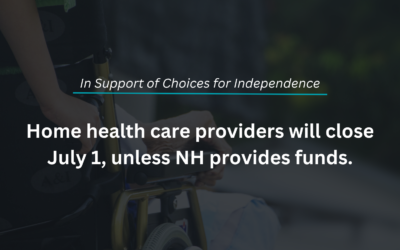Source: Kaiser Family Foundation
In 2020, an estimated 5.8 million people used paid long-term services and supports (LTSS) delivered in home and community settings and 1.9 million used LTSS delivered in institutional settings, according to CBO estimates. Most people ages 65 and older and many people under age 65 with disabilities have Medicare, but Medicare does not cover most LTSS and instead, Medicaid is the primary payer for LTSS. To qualify for coverage of LTSS under Medicaid, people must meet state-specific eligibility requirements regarding their levels of income, wealth, and functional limitations. An unknown, but probably even larger number of people, used unpaid LTSS that is provided by family, friends, or neighbors. LTSS encompass the broad range of paid and unpaid medical and personal care services that assist with activities of daily living (such as eating, bathing, and dressing) and instrumental activities of daily living (such as preparing meals, managing medication, and housekeeping). They are provided to people who need such services because of aging, chronic illness, or disability, and include nursing facility care, adult daycare programs, home health aide services, personal care services, transportation, and supported employment. These services may be provided over a period of several weeks, months, or years, depending on an individual’s health care coverage and level of need.
There have been longstanding challenges finding enough workers to provide LTSS for all people who need such services, and the COVID-19 pandemic exacerbated those issues considerably. In response to the pandemic, the government promulgated new initiatives to help improve safety and quality in nursing facilities, and created the first-ever set of quality measures for home and community-based services (HCBS), but those steps are unlikely to address long-standing challenges in financing and providing LTSS. The federal government also provided states with temporary authorities and funding to provide new or additional LTSS during the pandemic, but those authorities and funding are time-limited. As the population ages and as advances in medicine and technology enable people with serious disabilities to live longer, the number of people in need of LTSS is expected to grow. Looking forward, there will likely be continued interest among policymakers in expanding the availability of LTSS and improving their quality, though identifying the resources to do so will be challenging.


